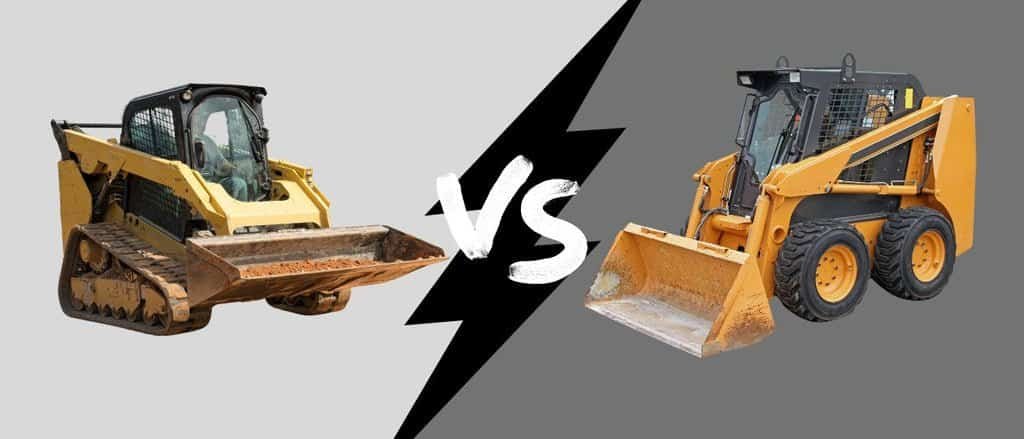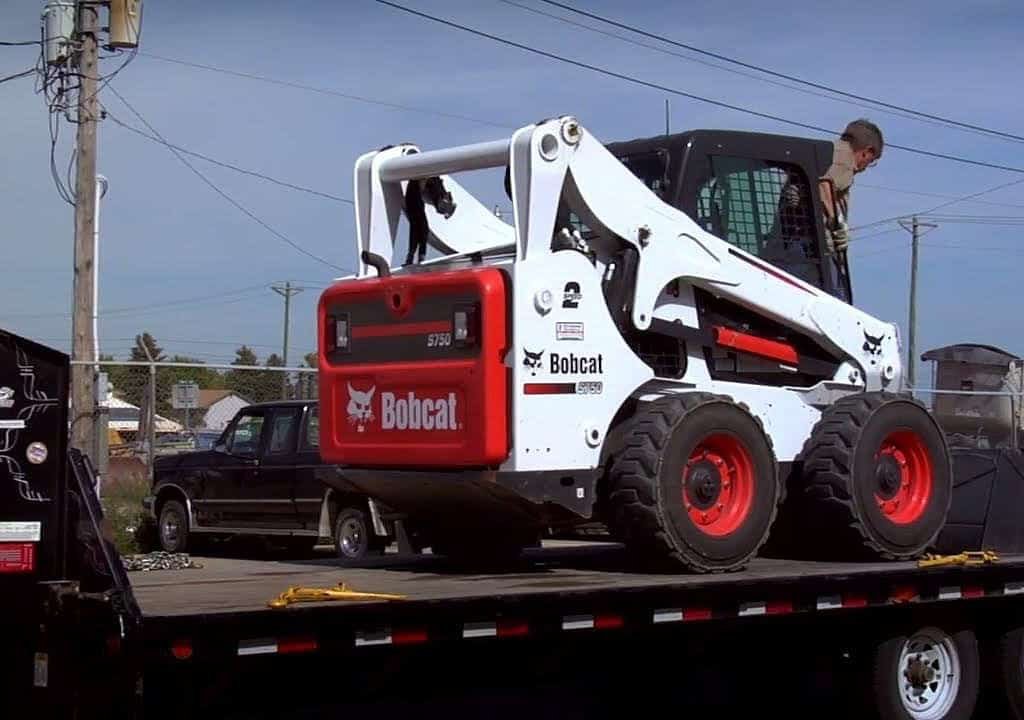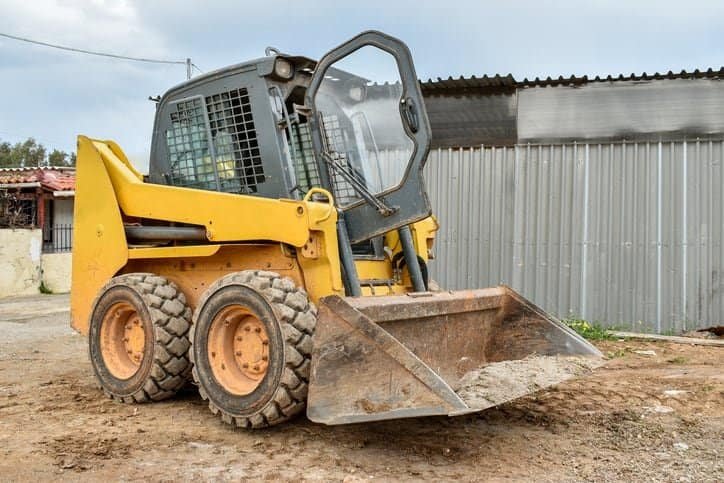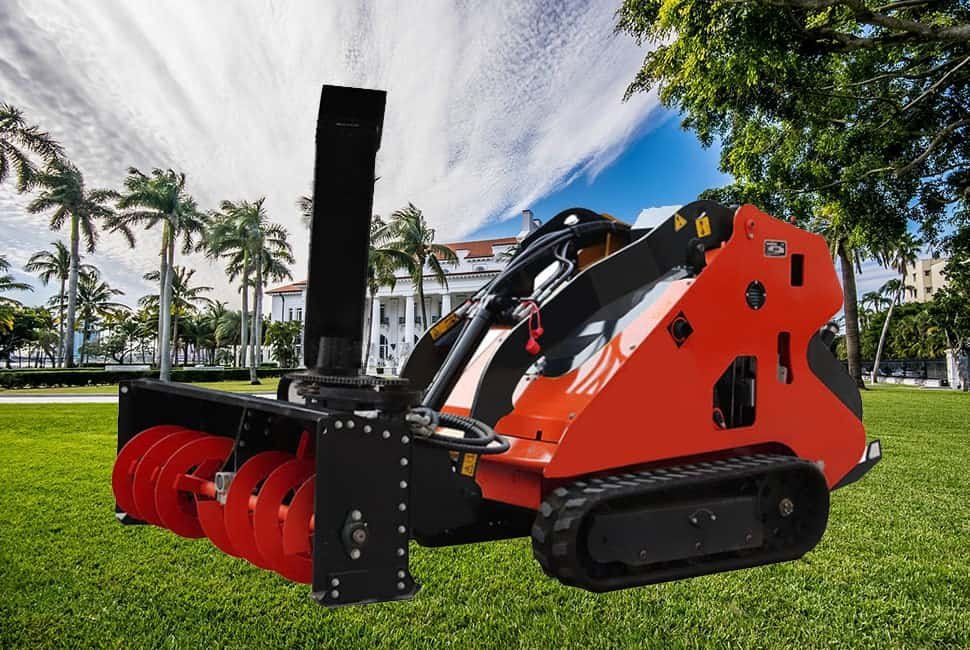Struggling to find the perfect skid steer? With so many models, features, and price points, it’s easy to feel overwhelmed. Don’t worry—we’ve got you covered with a detailed guide to simplify your decision-making process.
When buying a skid steer, focus on machine type, engine performance, attachments, fuel efficiency, safety features, and cost. Whether you’re looking at new or used equipment, a comprehensive evaluation ensures you make the right investment.
Let’s explore every detail you need to consider when buying a skid steer, from model selection to long-term maintenance.
How Do I Choose the Right Skid Steer for My Needs?
Selecting the ideal skid steer starts with understanding your specific project requirements.
Compact models work best in confined spaces, while larger models handle heavy-duty tasks. Key considerations include horsepower, lift capacity, and operating weight.
For tight construction sites, a compact skid steer with high maneuverability is a top choice. Conversely, for agriculture or industrial applications, opt for a larger machine with more horsepower and higher lift capacity. Also, consider your terrain: tracked skid steers are better for uneven or muddy ground, while wheeled models are more efficient on solid surfaces. Be mindful of operating weight, as this affects transport and site access.

What Should I Look for When Buying a Skid Steer?
Used skid steers can save money, but only if you evaluate their condition thoroughly.
Check engine hours, machine history, and visible wear. Machines with over 7,000 hours may need major repairs. Inspect hydraulics and attachments for wear.
When buying used, start with a visual inspection. Look for signs of rust, leaks, and structural damage. Verify maintenance records to ensure the machine was serviced regularly. Test the hydraulics by operating the boom and attachments under load. Additionally, check tire or track conditions, as replacements can be costly. Don’t forget to verify the skid steer’s compatibility with any attachments you plan to use.
What Types of Attachments Can Be Used with a Skid Steer?
Skid steers owe much of their versatility to their wide range of available attachments.
Common attachments include buckets, forks, augers, and trenchers. Ensure attachments are compatible with your skid steer’s hydraulic system.
Buckets are the most common attachment and come in various types, including general-purpose, grapple, and rock buckets. For specialized tasks, consider augers for drilling, pallet forks for material handling, and trenchers for utility installation. If snow removal is a concern, snow blowers and blades are essential. Always check the hydraulic capacity and coupler type of your skid steer to ensure compatibility with the attachments you plan to use.

What is the Average Cost for a Skid Steer?
Understanding the cost of ownership is crucial when investing in a skid steer.
New skid steers cost $12,000–$65,000, while used models range from $10,000–$30,000. Maintenance and attachments add to overall costs.
Skid steer prices depend on size, power, and additional features like cab comfort or advanced hydraulics. Smaller models with basic features are more affordable but may lack the power for heavy-duty applications. Attachments, which range from $1,000 to $10,000 each, can significantly increase costs. Don’t overlook ongoing maintenance expenses such as oil changes, tire replacements, and hydraulic fluid servicing.
What is the Hazard of Skid Steers?
Despite their versatility, skid steers pose safety risks if not operated properly.
Common hazards include tipping, operator entrapment, and equipment misuse. Regular training and proper safety equipment are essential.
Tipping occurs when loads exceed the machine’s rated operating capacity. To prevent this, always stay within recommended limits and avoid sudden movements. Operator entrapment is another risk—always lock the cab door during operation. Protective measures like wearing a seatbelt and using a rollover protective structure (ROPS) can prevent injuries. Routine safety checks, including brakes and hydraulic systems, are equally important.
How Long Do Skid Steer Engines Last?
The longevity of a skid steer engine depends on usage, maintenance, and working conditions.
A well-maintained engine lasts 5,000–7,000 hours. Regular oil changes and timely repairs extend engine life.
Operating in harsh environments can reduce engine life, so it’s crucial to follow the manufacturer’s maintenance schedule. Replace air filters regularly, as clogged filters strain the engine. High-quality fuel and oil also enhance performance and longevity. If you’re buying a used machine, check for uneven wear, which could indicate engine overuse or neglect.
Why is a Skid Steer Better Than a Tractor?
While tractors are powerful, skid steers offer unparalleled flexibility and maneuverability.
Skid steers excel in tight spaces, offer quicker attachment changes, and are easier to transport than tractors.
Skid steers are built for compact workspaces, making them ideal for urban construction or landscaping. Their ability to perform zero-radius turns ensures efficient operation in confined areas. The quick-change attachment system allows for seamless transitions between tasks, from lifting materials to drilling. Tractors, while robust, are less versatile in specialized applications like trenching or snow removal.
How Often Should Skid Steer Oil Be Changed?
Oil changes are a small investment that yields big returns in engine performance.
Change the oil every 250 operating hours or as recommended by the manufacturer. High-quality oil prevents engine wear.
Neglecting oil changes leads to engine degradation and reduced lifespan. Combine oil changes with a full inspection of filters, coolant, and hydraulic fluids. Keep a maintenance log to ensure timely servicing. This proactive approach prevents expensive repairs and ensures consistent performance.
What is the Most Popular Size Skid Steer?
The popularity of skid steer sizes varies based on industry needs and project requirements.
Mid-size skid steers (1,800–2,200 lbs operating capacity) are the most popular, balancing power and versatility.

Mid-size models suit a wide range of applications, from construction to agriculture. They offer enough power for heavy lifting without sacrificing maneuverability. For larger tasks, such as large-scale demolition or land clearing, opt for high-capacity models exceeding 3,000 lbs. Conversely, compact models under 1,800 lbs are best for residential landscaping or confined urban areas.
Can You Pull a Skid Steer with a 3/4 Ton Truck?
Transporting a skid steer requires the right towing equipment and vehicle capacity.
Most 3/4 ton trucks can tow compact and mid-size skid steers. Verify weight, including the trailer, against the truck’s towing capacity.

A compact skid steer with a trailer typically weighs under 10,000 lbs, which is manageable for a 3/4 ton truck. For larger skid steers, consider upgrading to a one-ton truck or using a commercial towing service. Ensure the trailer has adequate tie-down points and brakes to safely transport the machine.
ملخص
Investing in the right skid steer involves understanding your needs, evaluating specifications, and factoring in long-term costs. With careful research and proper maintenance, your skid steer will deliver exceptional value for years to come.


